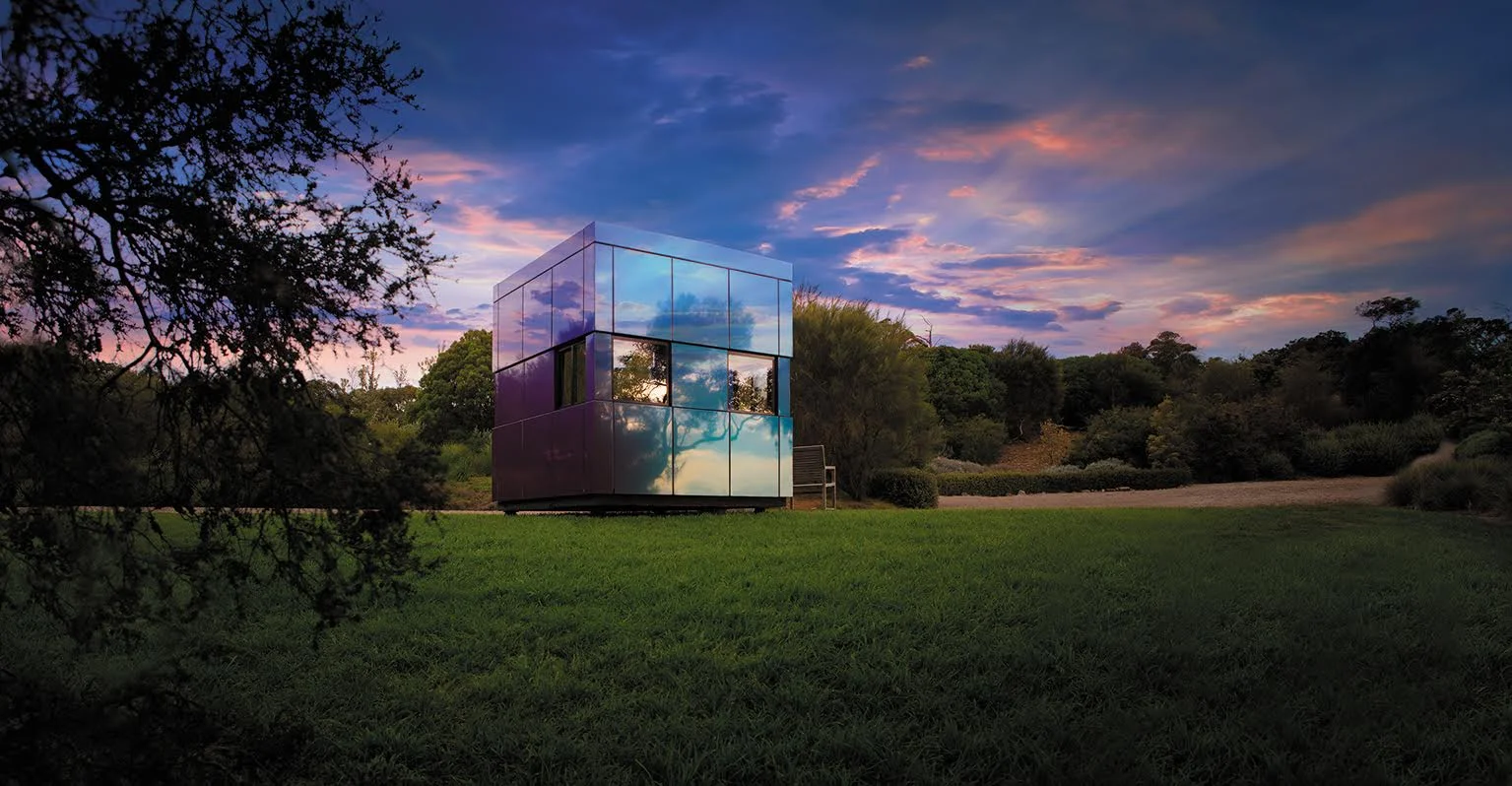Under a Smokestack
Last month, I spent five nights at two hotels in Boston and Washington DC. The two hotels had one thing in common–they were both successful conversions of industrial-era buildings.
The Ritz-Carlton in Georgetown emerged in the redevelopment of the Georgetown Incinerator– a landmark building from the 1930's. The incinerator building with a 140-foot tall smokestack was converted into public spaces–lobby, restaurant and meeting rooms for a chic new hotel in 2003. When I drove up to the hotel, the red-brick smokestack, was towering above cube-like buildings below, and was my first sight.
Driving up the 1930's structure of the Ritz-Carlton, Georgetown.
I felt a sudden rush of excitement, knowing that I would be spending time at a historic location. Entering the hotel, I realized, that while modern, the building had embraced its industrial legacy beautifully, in aesthetic and materiality.
The Langham Hotel in Boston, meanwhile, had an entirely different experiential quality to it. The luxurious, almost velvety spaces exist inside the structure of the former Federal Reserve of Boston, a building constructed in 1922. The building's history is one of prestige and wealth, and every single finish and light fixture in the interior of the hotel speaks of that old time richness.
During my time practicing as an Architect in Pittsburgh, Pennsylvania, I had the opportunity to work on several transformations of downtown industrial-era buildings to new offices or hotels. Last month became my first time experiencing such retrofits from a user's perspective. There was one thing I learned–how critical it is that the character of a transformed building rises entirely from its historical past.
In Georgetown, this meant red brick walls, wide wooden plank floors, rusty, rough metals and mullioned windows. These were the finishes both in the former incinerator core and in new wings that were added for hotel rooms and condominiums, allowing the entire hotel experience to be unified and memorable. At the Langham, this meant minimal structural intervention, a pristine historic facade, and rich finishes harkening to another era.
Brick walls line the walk to hotel rooms and meeting areas.
I have visited other historic-to-modern spaces before, and not all of them speak to their roots nor leave an impact on you. But Grasping on history and pulling it into every finished surface of the new spaces appears to be one way to achieve that.









